Table of Contents
Introduction
WHAT DOES BEING ACCESSIBLE/INCLUSIVE MEAN?
When searching for ‘accessible museums’, you will see many mentions of ‘audio guides & tours’ or ‘tactile experience’ – and while these are great initiatives that aim for an honorable goal, they can still be quite alienating to its subjects. The delivery of these initiatives often feel very cold and technical that they come off more as driven to fulfil a requirement rather than a genuine intent to cater and welcome these group of visitors. Additionally, special slotted accessible tours or aids may ended up putting unwanted spotlights amongst the crowd.
When analyzed further, there are also other hidden needs and disabilities beyond the physical abilities, such as the needs of visitors with neurodiversity. Crowds, loud noises, bright lights, and other sensory stimulations can overwhelm visitors within the spectrum, full paragraphs of descriptive text or museum maps are not easily comprehensible for visitors with dyslexia, and many other situations can come up in a museum space that might even be more overlooked due to the non-straightforward nature of these conditions. These situations though, help strengthen the message of how thinking of inclusive solutions can potentially benefit those other than the intended group as neurodiversity opens the door for more nuanced challenges and situations that neurotypicals can feel closer to – can you say that you never felt overwhelmed when stuck in a cramped, crowded space filled with loud noises?
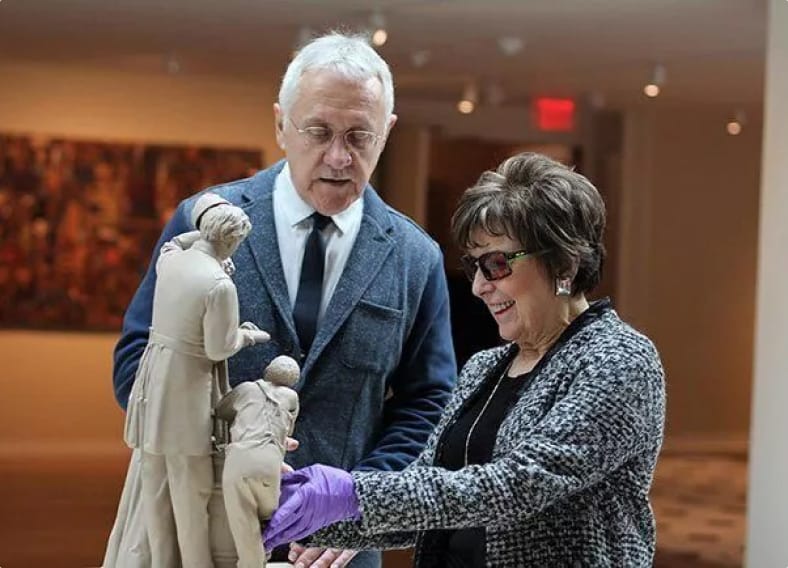

THE ART OF SUBTLETY
Addressing different needs doesn’t have to be starkly direct – especially if it may alienate or spotlight certain individuals. Nynke Feenstra at MuseumNext Indianapolis 2015 spoke that "an accessible museum is not attaching labels like blind, deaf, or not impaired to people." Rather, by reframing inclusivity as a driver of innovation, museums and other stakeholders can try to find more subtle ways to find solutions and deliver an experience that can reduce frustration in the discovery experience for certain groups, while providing an elevated experience for everyone in the space to benefit from as well – thus motivating people and getting them excited to adopt an inclusive and accessible mindset for a collective range of visitors.
Multisensory Interactions for
Accessible Experiences
from life
On reflex, when one thinks of ‘Museums’ they’d firstly think of it as a space for visual consumption. So it’s only natural that a lot of discussions revolve around solutions catering to visual limitations. A lot of times, visitors are not given the freedom to touch exhibition pieces, which is something those that are visually impaired depend on to maintain a connection with everything around them.
Even with audio descriptions or having a guide help describe a piece of art or exhibition, it can be quite technical and monotone that it does not help satisfy the curiousity of these visitors. Touch tours, which seemingly are bridging the gap, are limited in available slots and visitors would need to come at an earlier hour when other visitors are not present yet – and might separate them from feeling how other people are normally experiencing the space and its contents with their family and friends.
What makes a really good audio description?
Mobility
There are also other limitations that can hinder a visitor’s experience. From a mobility standpoint, wheelchair users for example can experience a range of blocks during their visit. These blocks can be infrastructural or engagement based, such as ramps located far away from main entrances, limited elevators, to things such as furniture or display heights that are too high, which can lead to awkward neck positions that need to be held for long periods of time, descriptions or information that are not easily visible, and can even create an isolating and alienating feeling when interacting with staff if they’re placed in higher desks or furniture.


Other than that, these visitors may also face issues with accessing and experiencing the museum’s pieces themselves – and these can cause immense frustration as these visitors feel as they are not welcomed to participate in the experience.


Translation
While museums are largely thought of as a visual encounter, there are also still some issues that deaf and hard of hearing (HoH) visitors may face, such as hurtful sound acoustics, inaccessibility to sign language interpreters – and again, access to participating in the museum’s pieces in some cases. Usually, museums offer induction loops to help, but sign language interpreters are not as readily and easily available – taking away the opportunity for these visitors to learn and be guided in a way that’s easiest and most familiar to them. That also doesn’t take into account the mindset that people and staff may not be trained enough to interact with deaf and hard of hearing visitors – either they may think to speak more loudly (which actually is not recommended to do with someone that had a hearing loss), or communication gets lost as if they’re not speaking the same language without the aid of supporting tools/proper translators.
Utilizing The Senses
One experiment conducted by the Coventry Transport Museum yielded very interesting findings. They developed a photographic activity for a workshop for blind visitors, and it was found that blind participants would recall moments and memories to ‘assign’ to a specific photo they took – even if they cannot see what was in the picture.
This sparked an idea to focus on creating memorable moments via triggering the different senses to enhance each piece and its distinct experience and evoked emotions, that differentiated it from one another.
From storytelling narration mixed with music and soundscapes, to using technology for tactile experiences, to infusing fragrances to immerse visitors in an exhibition piece – playing with other senses also adds options for interactions for visitors with disabilities, while elevating the experience for other visitors, thus widening its accessibility while delivering a more layered story and experience of the pieces.
Below are some examples and ideas on evoking / triggering the senses for a more multidimensional experience.

The main senses
What if we can use AR/VR and technology for creative visualization & enhanced storytelling?
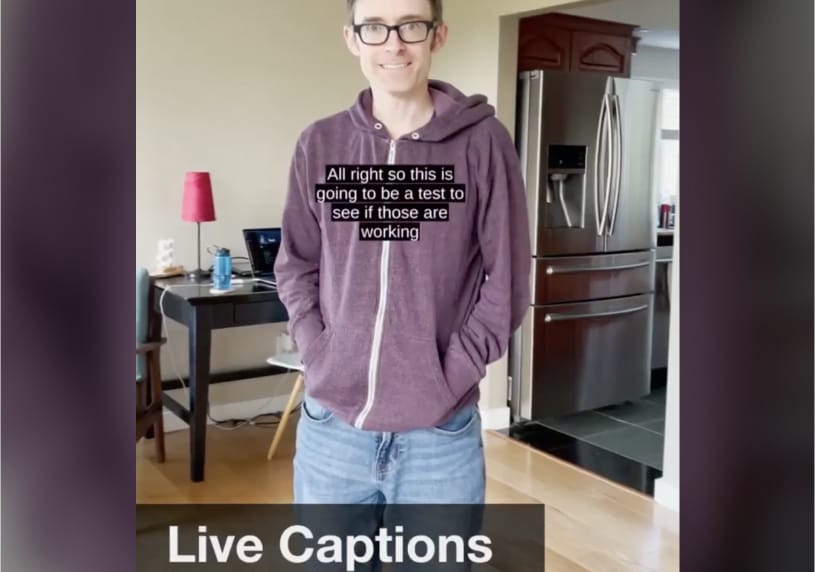
Smart captioning glasses implemented in the National Theatre have broken the barrier for deaf and HoH visitors in consuming live performance mediums and exhibitions. Inspired by these glasses, what if we can start using AR tech for on-screen live captioning.
Read more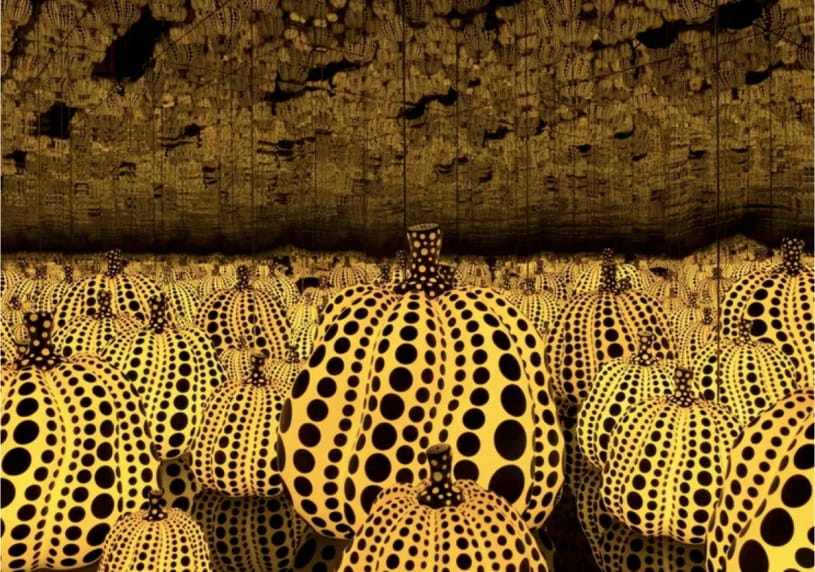
Yayoi Kusama’s Infinity Rooms offers a VR experience as suggested by Smithsonian’s Hirshhorn Museum and Sculpture Garden in order to cater to visitors that were not able to access the actual space due to the installation space that’s not ADA compatible for visitors in wheelchairs, hence providing an alternative way for them to still experience the installation.
Read more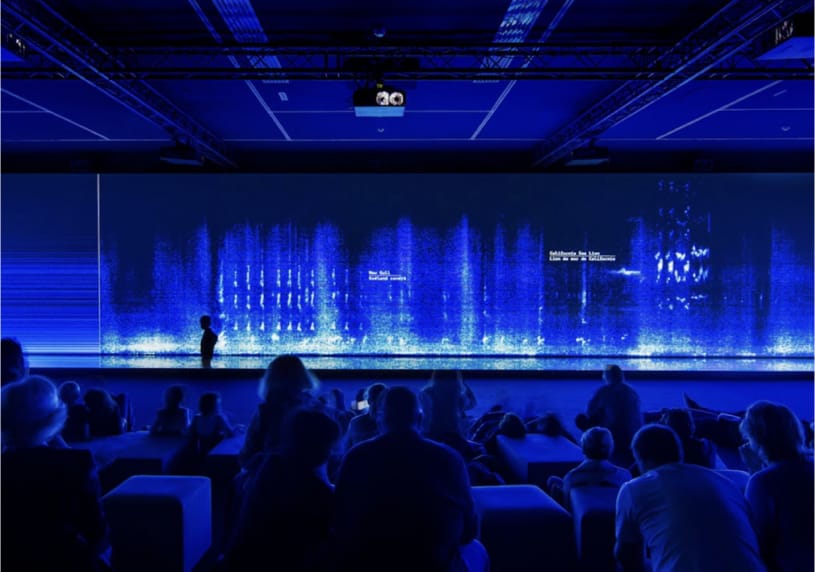
The Great Animal Orchestra plays and visualizes the sounds of some of their recorded animals. While this creates a harmonious combination for non-disabled visitors, this provided visitors with auditory limitations something they can still experience collectively with others – from seeing the soothing sound waves under the blue-lit room during a whale’s sounds, or the high-jumping feel of the forest insects under the green-lit room, even if they cannot hear it themselves.
Read more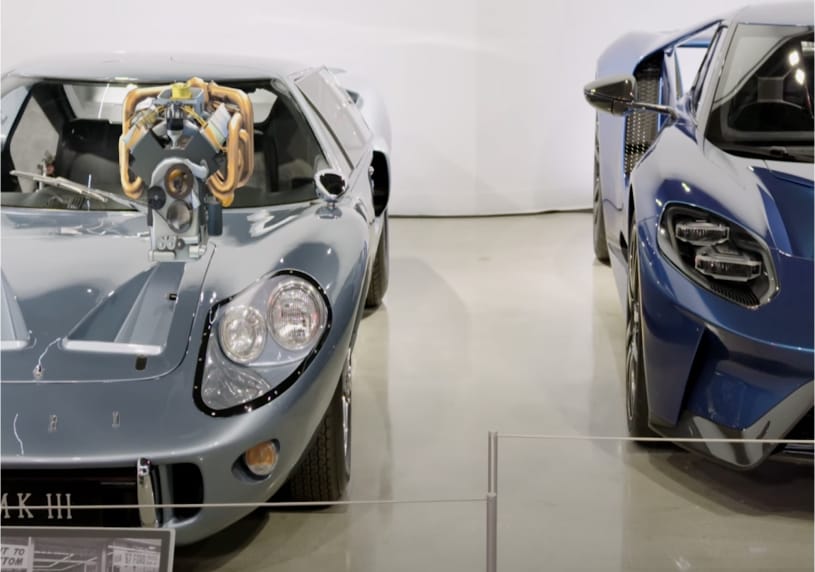
The Peterson Automobile Museum in collaboration with Microsoft used mixed reality and the hololens to allow visitors view their historic car exhibitions beyond the static means, enabling them to view it in dynamic action and facilitate easier learning of its science through visual aid.
Read moreSmart captioning glasses implemented in the National Theatre have broken the barrier for deaf and HoH visitors in consuming live performance mediums and exhibitions. Inspired by these glasses, what if we can start using AR tech for on-screen live captioning.
💡 Other possibilities: Positioned too far back in the crowd to hear what the guide is saying? This tool can also help visitors in these scenarios to receive the relevant information.
Yayoi Kusama’s Infinity Rooms offers a VR experience as suggested by Smithsonian’s Hirshhorn Museum and Sculpture Garden in order to cater to visitors that were not able to access the actual space due to the installation space that’s not ADA compatible for visitors in wheelchairs, hence providing an alternative way for them to still experience the installation.
💡 Other possibilities: Have an elder parent visiting the museum too that can’t stand up for too long on their own? The VR option allows them to still be able to experience the piece from a more comfortable spot suitable to their needs. The VR space also offers a great way for kids and those under the spectrum that may have social interaction difficulties to have a calm, private space to experience the pieve.
The Great Animal Orchestra plays and visualizes the sounds of some of their recorded animals. While this creates a harmonious combination for non-disabled visitors, this provided visitors with auditory limitations something they can still experience collectively with others – from seeing the soothing sound waves under the blue-lit room during a whale’s sounds, or the high-jumping feel of the forest insects under the green-lit room, even if they cannot hear it themselves.
The Peterson Automobile Museum in collaboration with Microsoft used mixed reality and the hololens to allow visitors view their historic car exhibitions beyond the static means, enabling them to view it in dynamic action and facilitate easier learning of its science through visual aid.
💡 What if: this is developed further to adopt the use of holograms, ones that visitors are able to engage with – to assemble + disassemble, dissect parts, and many other for a more immersive self-paced learning and exploration experience to cater to each visitor’s own pace and unique needs.
The main senses
What if we can use AR/VR and technology for creative visualization & enhanced storytelling?
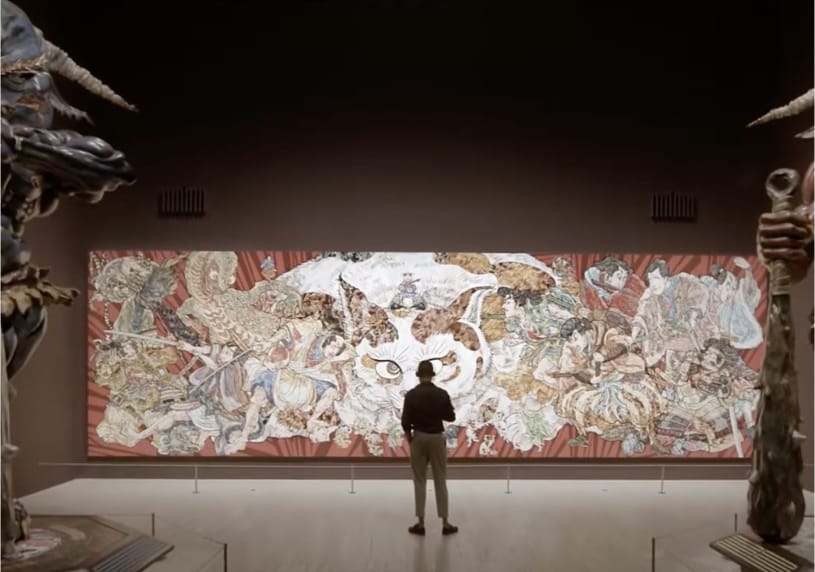
The Art Gallery of NSW combines a mix of film music, sound art, and storytelling to enhance the artistic interpretation of their pieces, creating a seamless journey-like experience throughout the space and creating a distinct experience for each piece visitors encounter.
Read more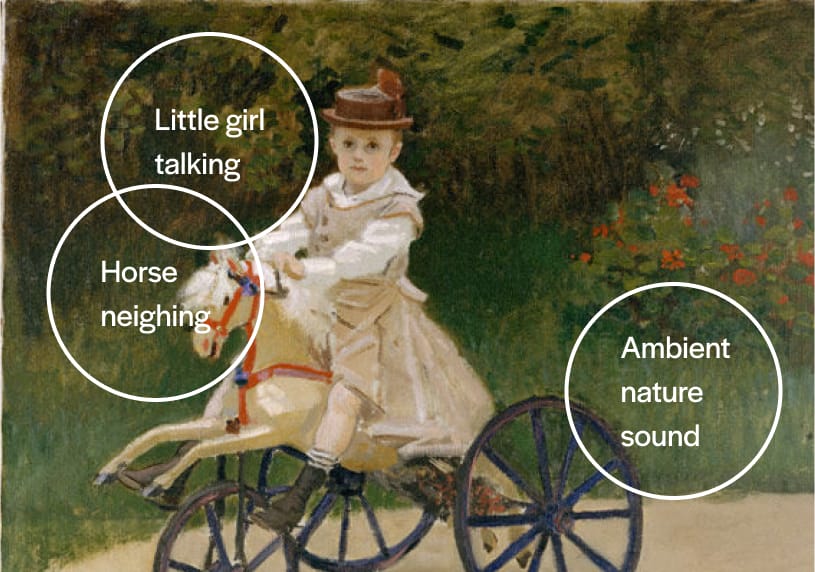
Monet sound painting at Multisensory Met would produce a specific sound when touched in different areas to offer a more unique experience for each individual.
Read more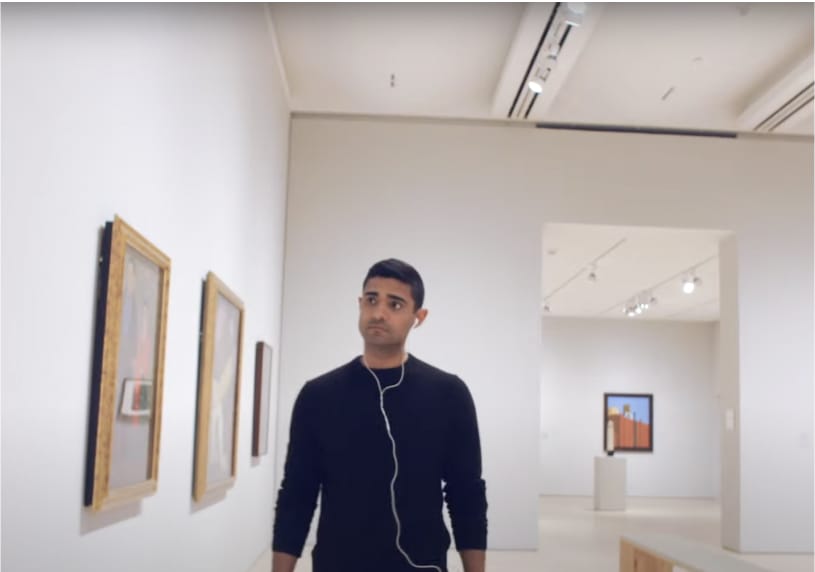
Combined with GPS-embedded technology that can locate your position in the space-based technology, storytelling & navigating implementated audio guides can help navigate visitors around the space, especially those visually impaired to have a more journey-like experience in navigating from piece to piece.
Read more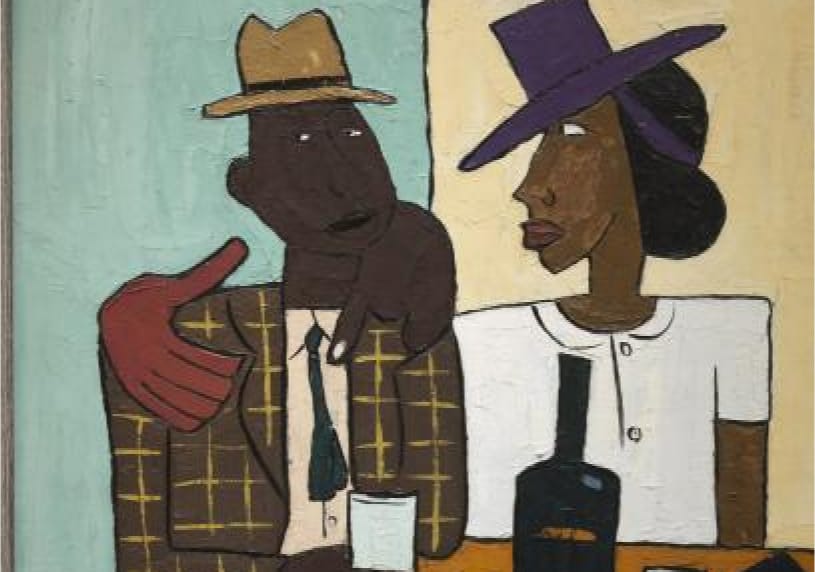
The Smithsonian initiated ‘InSight’ tours where they have volunteer docents that helps deliver descriptions of the museum’s pieces through movement, descriptive scenarios and prompts that evokes imagination – prompting visitors if they can smell the cigarette and alcohol when trying to imagine William Johnson’s Café, and even using music and sound to provide an alternative pathway to understand art.
Read moreThe Art Gallery of NSW combines a mix of film music, sound art, and storytelling to enhance the artistic interpretation of their pieces, creating a seamless journey-like experience throughout the space and creating a distinct experience for each piece visitors encounter.
Monet sound painting at Multisensory Met would produce a specific sound when touched in different areas to offer a more unique experience for each individual.
💡 Other possibilities: For younger children, especially those with a tendency to fidget and want to touch different things this helps provide audio feedback to add another layer of stimulated sensory that is good for their development.
Combined with GPS-embedded technology that can locate your position in the space-based technology, storytelling & navigating implementated audio guides can help navigate visitors around the space, especially those visually impaired to have a more journey-like experience in navigating from piece to piece.
💡 Other possibilities: Not the best at reading 2D maps? This may help take away the frustration of trying to find your way around, especially for visitors with dyslexia that would face more of a challenge in reading 2-dimensional layouts.
The Smithsonian initiated ‘InSight’ tours where they have volunteer docents that helps deliver descriptions of the museum’s pieces through movement, descriptive scenarios and prompts that evokes imagination – prompting visitors if they can smell the cigarette and alcohol when trying to imagine William Johnson’s Café, and even using music and sound to provide an alternative pathway to understand art.
The main senses
What if museums provide an alternative for the pieces to ‘speak’ to visitors through tactility? For the visually impaired, bringing this aspect of touch enables them to appreciate the pieces without cutting them off from their normal life.
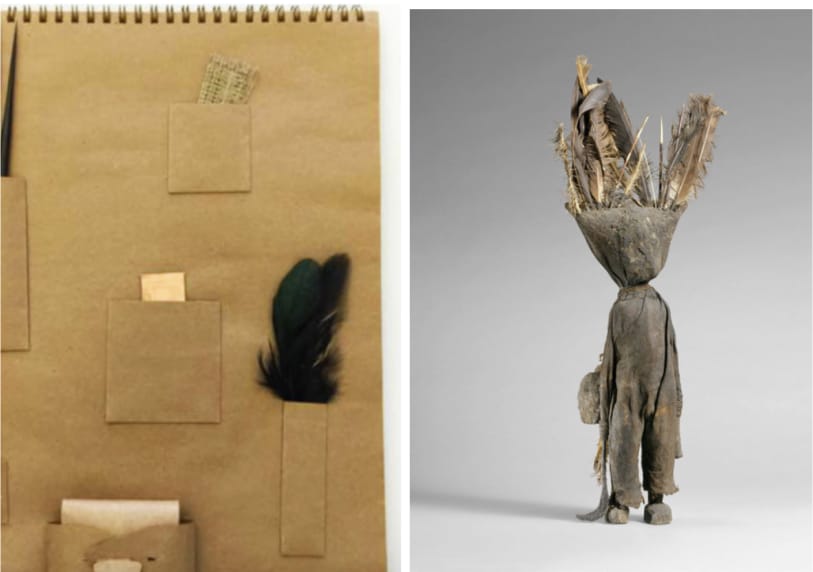
As part of the Met’s Multisensory initiative; the museum provided a Material Booklet with small amount of materials that are similar ones in the displayed sculpture piandaece.
Read more
Some museums are utilizing the use of 3D printing technology to create replicas of their pieces, which can allow visitors to touch more fragile/older items without the fear of compromising it. This can be an opportunity for visually impaired visitors to be able to feel what, perhaps some of the world’s most famous pieces of art ‘looks’ like.
Read more
An aid tool for art access called Tooteko allows visually impaired visitors to explore the reproduction of an exhibition piece by touching different parts of the piece where they can hear different audio descriptions in each ‘hotspot’, allowing them to have a more tactile exploration combined with the benefits of a targeted audio guide.
Read more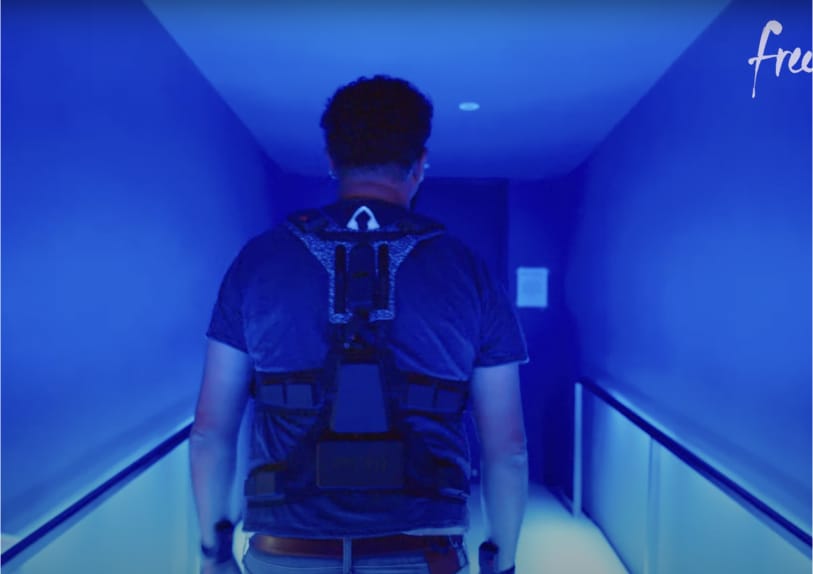
The ‘Not Impossible’ group created a haptic suit that allows people to experience sound through 24 points of vibration systems each customizable in frequency, amplitude, and strength to create different movements, rhythm, and intensity variations
Read moreAs part of the Met’s Multisensory initiative; the museum provided a Material Booklet with small amount of materials that are similar ones in the displayed sculpture piandaece.
💡 Other possibilities: This is not only great for visitors with visual impairments to connect and ‘visualize’ the piece with a more textured context, but also for children or those under the spectrum to stimulate their senses.
Some museums are utilizing the use of 3D printing technology to create replicas of their pieces, which can allow visitors to touch more fragile/older items without the fear of compromising it. This can be an opportunity for visually impaired visitors to be able to feel what, perhaps some of the world’s most famous pieces of art ‘looks’ like.
💡 Other possibilities: For those with limited mobility; in crutches or wheelchair bound, limited narrow exhibition spaces can cause discomfort when other people are crowding to see a particular piece. With 3D printers, multiple replicas can be easily passed around for other visitors to touch and explore themselves without needing to crowd on one focal point.
An aid tool for art access called Tooteko allows visually impaired visitors to explore the reproduction of an exhibition piece by touching different parts of the piece where they can hear different audio descriptions in each ‘hotspot’, allowing them to have a more tactile exploration combined with the benefits of a targeted audio guide.
💡 Other possibilities: For visitors that may have a different pace for comprehension, those who are listening to descriptions not in their first language, or just those that may be a bit more unfamiliar with the context and need more time to understand the provided information, this allows them to go at their own pace and not have them feel frustrated in the process.
The ‘Not Impossible’ group created a haptic suit that allows people to experience sound through 24 points of vibration systems each customizable in frequency, amplitude, and strength to create different movements, rhythm, and intensity variations
BEYOND THE BASICS
What if smell and taste can make you escape the present reality to trigger a distant or familiar memory?
The sense of smell is known to be closely linked to memory, and adding this layer to the experience can lead to a memorable and unique immersion in each exhibition piece.

The Little Lon exhibits 1880s cottages through hearing voices and sounds recreating the environment, touching the objects, and smelling the fireplaces, laundry soaps, and even horse manure in 1880s Smellbourne.
Read more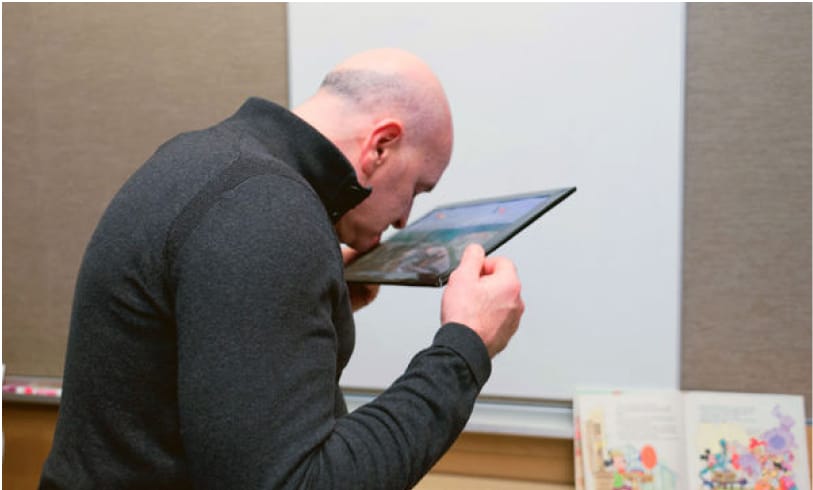
Multisensory Met features a scratch-and-sniff painting that releases fragrances when activated by the visitor. For example, floral, salt water, and spicy-cocoa scents were embedded in Claude Monet’s Garden at Sainte-Adresse to make all the things in the painting mimic how they would smell in real life.
Read more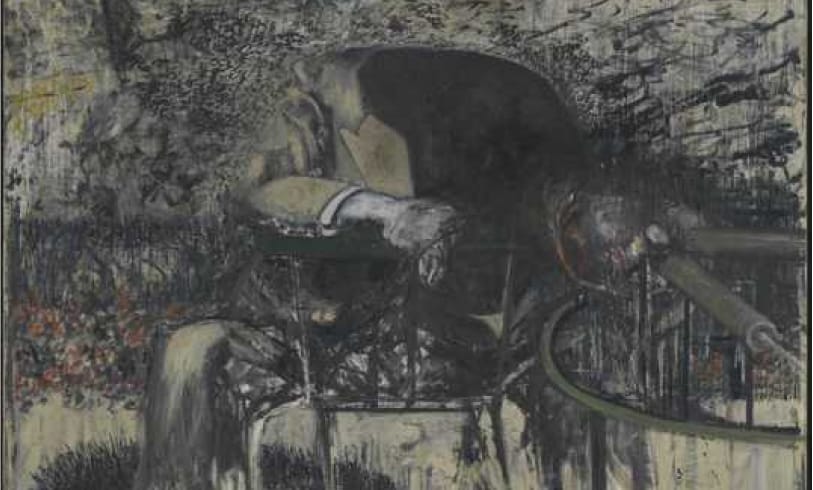
Tate Sensorium’s immersive exhibition offers a taste experience – amongst other senses in its exhibit, in the form of edible charcoal, sea salt, cacao nibs, and smokey lapsang souchong tea to accompany Francis Bacon’s Figure in a Landscape (1945) painting.
Read moreThe Little Lon exhibits 1880s cottages through hearing voices and sounds recreating the environment, touching the objects, and smelling the fireplaces, laundry soaps, and even horse manure in 1880s Smellbourne.
Multisensory Met features a scratch-and-sniff painting that releases fragrances when activated by the visitor. For example, floral, salt water, and spicy-cocoa scents were embedded in Claude Monet’s Garden at Sainte-Adresse to make all the things in the painting mimic how they would smell in real life.
Tate Sensorium’s immersive exhibition offers a taste experience – amongst other senses in its exhibit, in the form of edible charcoal, sea salt, cacao nibs, and smokey lapsang souchong tea to accompany Francis Bacon’s Figure in a Landscape (1945) painting.
Beyond the basics
What if museums add more dimensions through environmental manipulation / experience creations?

Sega and BBC Earth collaborated to launch Orbi-Earth, a multi-sensory museum where visitors can explore nature alongside real-looking 3D animals, while augmenting the environmental stimulants of their environments such as the cold temperatures and strong winds penguins faces in antartica.
Read more
The Mission Mars Exhibit offers the opportunity for you to touch what a rock from Mars feels like, or feel the difference gravity makes in a hands-on activity demonstrating how your weight would feel on Mars.
Read more
Disney’s Soarin’ ride engages your senses and figuratively, if not literally, sends you soarin'. It programs motion units to rise up and toward the stunningly illustrated screen to make riders feel they are gliding through the air.
Read moreSega and BBC Earth collaborated to launch Orbi-Earth, a multi-sensory museum where visitors can explore nature alongside real-looking 3D animals, while augmenting the environmental stimulants of their environments such as the cold temperatures and strong winds penguins faces in antartica.
The Mission Mars Exhibit offers the opportunity for you to touch what a rock from Mars feels like, or feel the difference gravity makes in a hands-on activity demonstrating how your weight would feel on Mars.
Disney’s Soarin’ ride engages your senses and figuratively, if not literally, sends you soarin'. It programs motion units to rise up and toward the stunningly illustrated screen to make riders feel they are gliding through the air.
Looking onwards
What if museums can combine all these sense triggers and augment immersive experiences, shifting it to being more people-centric and experience-driven as an approach for education and conveying information?

What if you could step back in time and be invited to the year 1912 to have a dinner on board the night that the Titanic sank, experiencing and interacting with the sounds, conversations, and meals during that night – even feeling how cold the ice and water might be for those that tried to survive?
Read more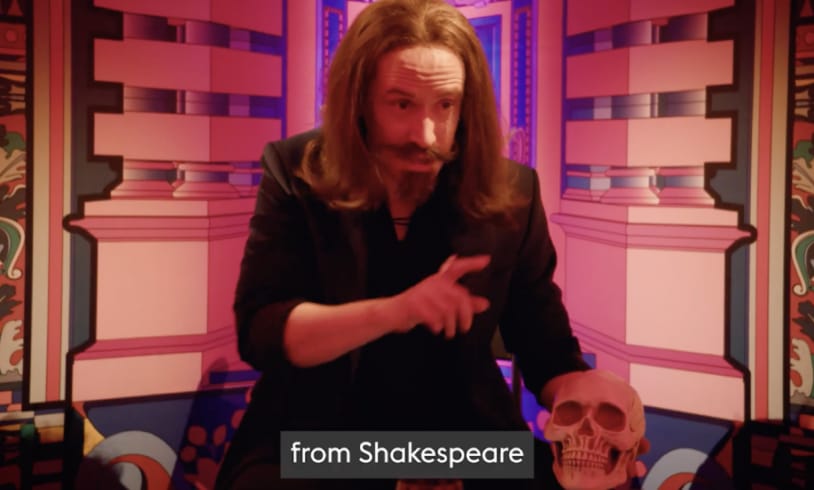
What if you can chat with Albert Einstein or other historical figure, just as seen in Night at The Museum? Or have dinner with Shakespare or DaVinci? Conversing with them while tasting and smelling palettes from their era?
Read more
What about using robots and animatronics to emulate animals or imaginary/extinct species so visitors can touch their skin/fur, smell them, and hear what they sound like, just as seen in Jurassic World?
Read more
With advancements in technology combined with creative and inclusive design thinking, museums and institutions can take the initiative to create solutions or offer collaborative suggestions to offer a more inclusive experience for all its visitors.
What if you could step back in time and be invited to the year 1912 to have a dinner on board the night that the Titanic sank, experiencing and interacting with the sounds, conversations, and meals during that night – even feeling how cold the ice and water might be for those that tried to survive?
What if you can chat with Albert Einstein or other historical figure, just as seen in Night at The Museum? Or have dinner with Shakespare or DaVinci? Conversing with them while tasting and smelling palettes from their era?
What about using robots and animatronics to emulate animals or imaginary/extinct species so visitors can touch their skin/fur, smell them, and hear what they sound like, just as seen in Jurassic World?




